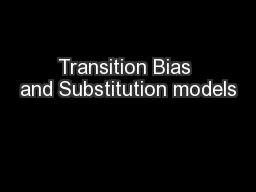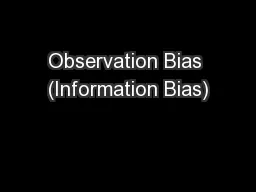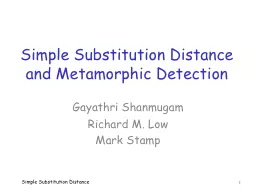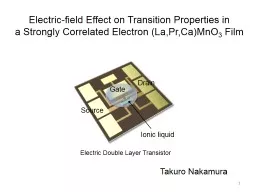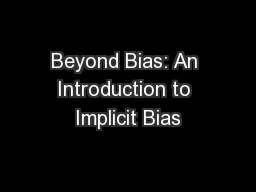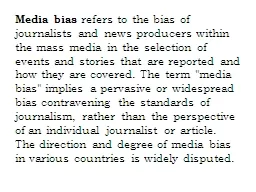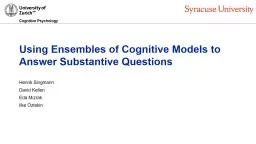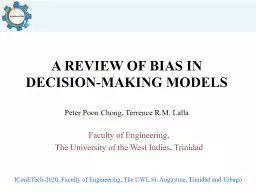PPT-Transition Bias and Substitution models
Author : cheryl-pisano | Published Date : 2017-10-19
Xuhua Xia xxiauottawaca http dambebiouottawaca Xuhua Xia Transition bias refers to the degree by which the sv ratio deviates from the expected 12 The observed sv
Presentation Embed Code
Download Presentation
Download Presentation The PPT/PDF document "Transition Bias and Substitution models" is the property of its rightful owner. Permission is granted to download and print the materials on this website for personal, non-commercial use only, and to display it on your personal computer provided you do not modify the materials and that you retain all copyright notices contained in the materials. By downloading content from our website, you accept the terms of this agreement.
Transition Bias and Substitution models: Transcript
Download Rules Of Document
"Transition Bias and Substitution models"The content belongs to its owner. You may download and print it for personal use, without modification, and keep all copyright notices. By downloading, you agree to these terms.
Related Documents

